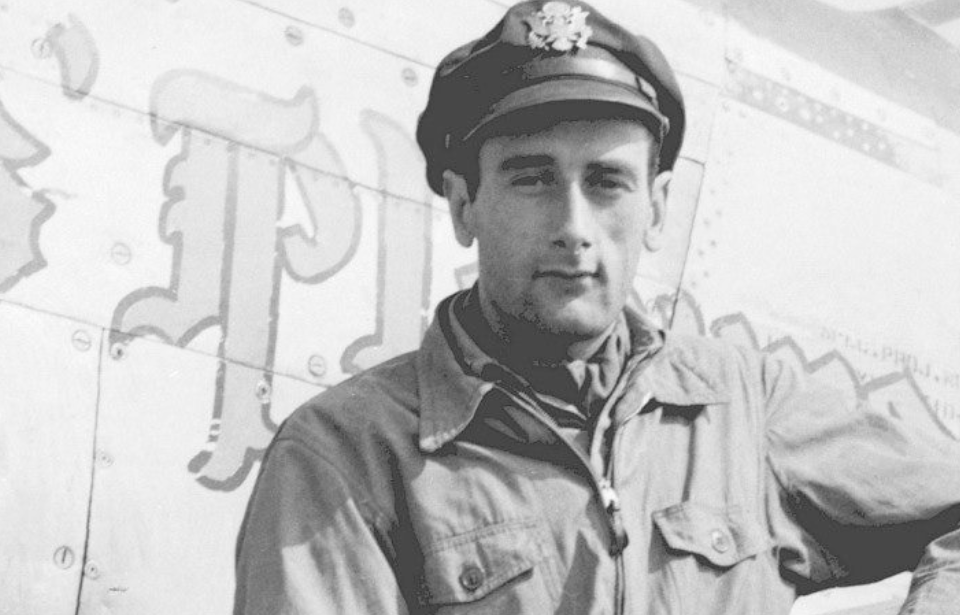There were many astounding feats accomplished by flying aces throughout the course of the Second World War. Earning the title of “flying ace” is itself an impressive accolade, let alone the other feats these pilots achieved. One man, however, stands out for his odd, yet impressive distinction.
Bruce W. Carr holds the legacy for being one of only two US Army Air Forces pilots to takeoff for a combat mission in his US aircraft and return in a German one.
Joining the US Army Air Forces
Bruce Carr, born in New York, was only 15 when the Second World War broke out in 1939. It was that year that he decided to learn how to fly, and three years later, on September 3, 1942, he enlisted in the US Army Air Forces. Given his prior training, he joined the service’s accelerated training program, where he flew the Curtiss P-40 Warhawk.
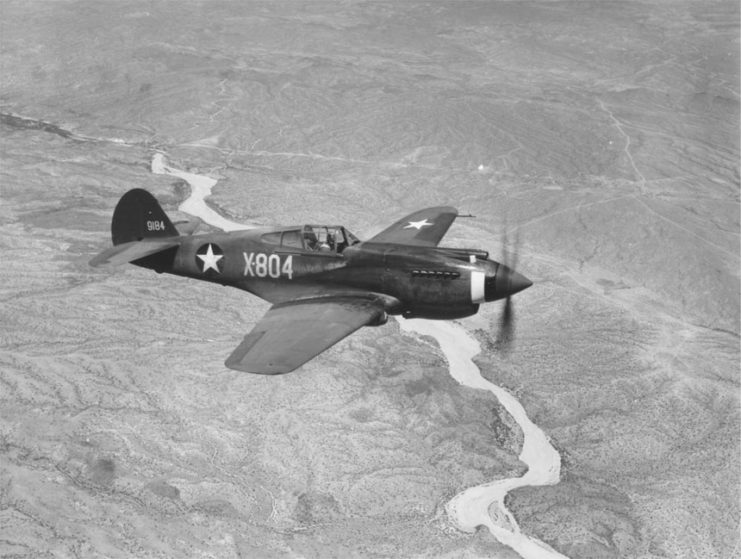
By August 30, 1943, Carr was promoted to flight officer after accumulating an impressive 240 flight hours. He also completed special training, which qualified him to fly the North American P-51 Mustang and A-36 Apache. It was the P-51 that became his favored aircraft, and he called his Angels’ Playmate.
Carr was deployed to England in 1944, where he joined the 380th Fighter Squadron, 363rd Fighter Group, Ninth Air Force at RAF Rivenhall. He downed his (and his squadron’s) first enemy aircraft by relentlessly chasing and shooting at it, forcing the Messerschmitt Bf 109 to fly into the ground. He wasn’t credited for the kill, however, as he hadn’t technically shot it down.
This action was considered “overaggressive” by Carr’s commanders and earned him a reputation for being that kind of pilot. Ultimately, it led to his transfer to the 353rd Squadron, 354th Fighter Group at RAF Lashenden.
A trip to Germany
It was on November 2, 1944 that Bruce Carr lost his favored P-51D. He was leading a strafing mission against a German airfield in Czechoslovakia at the time. Knowing he wouldn’t be able to keep his aircraft in the air, he bailed out behind enemy lines.
Impressively, he managed to stay undetected for multiple days.
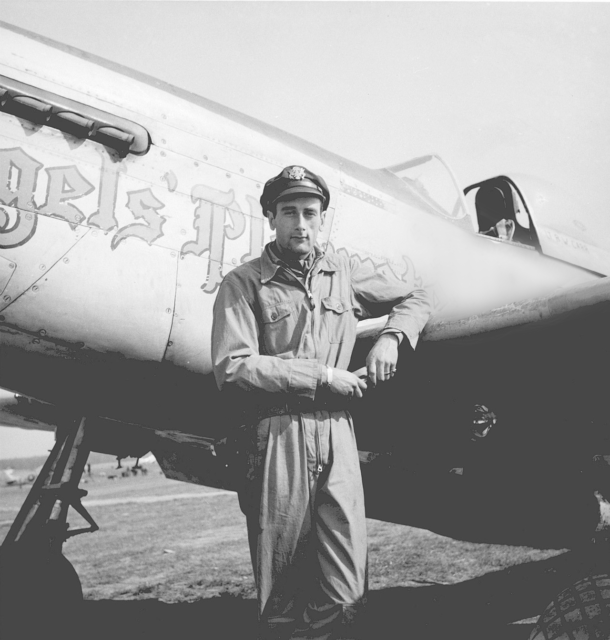
Although he’d avoided capture, Carr had no food or water and began to feel that surrendering was a better fate than continuing the way he was. Knowing there was an airfield nearby, he traveled there with the intent to surrender, but instead came across a crew preparing a German Focke-Wulf Fw 190 with fuel.
Abandoning his initial plan, Carr decided to wait until the crew left before sneaking onto the aircraft.
Traveling home
Carr did his best to figure out how the Fw 190 worked, despite the labels being written in German. He managed well enough and as soon as he was able to, took off without anyone making an effort to stop him or even appearing to notice.
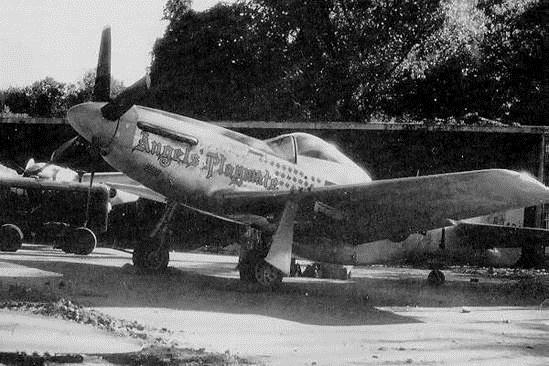
Leaving German territory was the easy part, as his aircraft had German markings. It was returning to Allied airspace in France that proved to be difficult. Inevitably, he was shot at the moment he came back into his own airspace. In the hopes of making it back to base, Carr decided to fly as low as he could, as quickly as possible. This worked well enough, except by the time he arrived, he had no working radio.
Making a grand entrance, Carr landed on the field at the base, without lowering his landing gears, and slid to a stop. Some sources say he chose not to deploy them, while others claim he simply didn’t know how.
Bruce Carr sticks the landing
It didn’t take long for people to try dragging Carr, who was presumed to be a hostile German pilot, out of the cockpit. However, he was still strapped into his seat.
According to him, “I started throwing some good Anglo-Saxon swear words at them, and they let loose while I tried to get the seat belt undone. But my hands wouldn’t work and I couldn’t do it. Then they started pulling on me again because they still weren’t convinced I was an American. I was yelling and hollering. Then, suddenly, they let go, and a face drops down into the cockpit in front of mine. It was my Group Commander: George R. Bickel.”
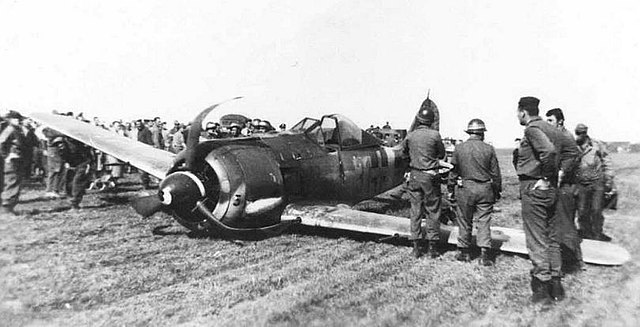
Bickel had a simple question for his pilot, asking only, “Carr, where in the hell have you been, and what have you been doing now?” This daring escape didn’t stop Carr from continuing to fly, and he served the rest of the war. By the end, he’d earned the distinction of triple ace and was given credit for 15 aerial victories over 172 combat missions.
Bruce Carr’s service in Vietnam and Korea
After World War II came to an end, Bruce Carr remained with the US Army Air Forces as it became the US Air Force. Initially, he was assigned to fly the Lockheed F-80 Shooting Star as part of the Acrojets, America’s first jet-powered aerobatic demonstration team. They were stationed out of Williams Air Force Base, Arizona.
During the Korean War, the now-Maj. Carr flew with the 336th Fighter-Interceptor Squadron on an impressive 57 missions, before taking over as the commanding officer of the squadron between January 1955 and August 1956.
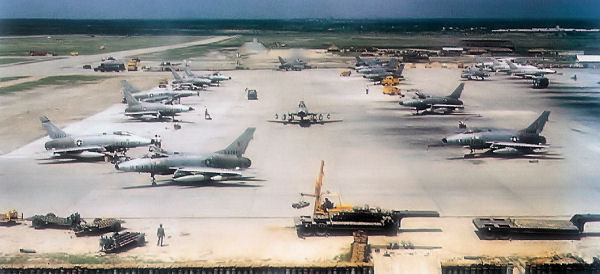
Promoted yet again, Col. Carr later served in the Vietnam War, where he flew with the 31st Tactical Fighter Wing out of the Tuy Hoa Air Base. He primarily flew on close air support missions in the North American F-100 Super Sabre, racking up a whopping 286 combat missions during his deployment.
More from us: The American Air Ace Shot Down By Friendly Fire During the Battle of the Bulge
In 1973, Carr retired from the Air Force. For his service in three wars, he was awarded an impressive number of medals, including the Distinguished Service Cross, the Legion of Merit, the Silver Star, 31 Air Medals and four Distinguished Flying Crosses. In 1998, he passed away from prostate cancer and was buried in Arlington National Cemetery.
